How to Trim a Jersey Cow’s Hooves
Keeping your jersey milk cow in good shape involves more than milking it regularly to keep its mammary glands healthy. Jersey cows need 2 to 5 acres of land for grazing, access to fresh water, and adequate shelter from the elements. Dairy cows need healthcare from their heads to their hooves. Speaking of hooves, keeping your jersey cow’s hooves trimmed can prevent lameness and other problems.
Regular hoof trimming is essential to your dairy cow’s overall health and well-being. Jersey cows that become lame can experience pain in one foot or in all their feet. A good indication your cow’s feet hurt is if the animal stands with its front or hind feet extended forward. Failure to keep your dairy cow’s hooves trimmed can lead to lameness.
What causes lameness in a jersey cow?
We already know that not keeping your cow’s hooves trimmed can cause lameness. There are other conditions that can make your jersey cow lame. Laminitis – an inflammation of the laminar corium of the hoof wall – can make your cow lame. It also can make your dairy cow more susceptible to other diseases, including sole ulcer and white line disease.
In addition to standing with their front or back feet extended forward, cows can exhibit other warning signs that they may be lame. They walk with a limp, favoring one leg or side. They also may arch their backs. Cows that are lame tend to lay down more frequently (and for longer periods) than their healthier counterparts.
If you suspect your jersey cow is lame, call your veterinarian immediately for a full health workup.
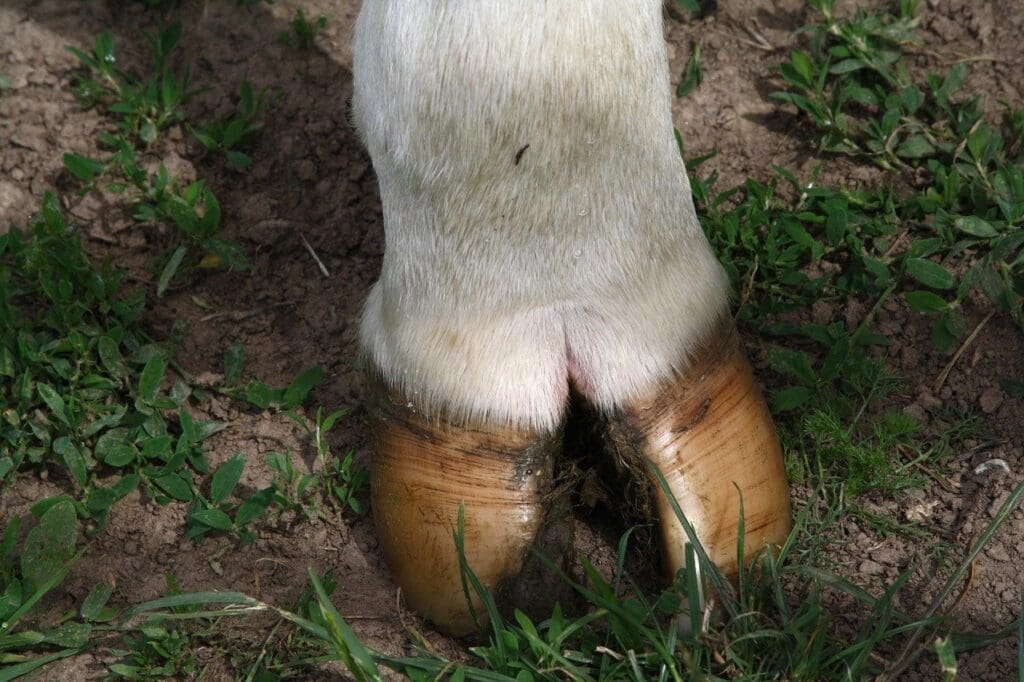
Signs your jersey cow needs a hoof trimming
If you are new to raising jersey cows, you may struggle with knowing when to trim their hooves. Normal bovine hoof growth is about 2 inches per year. A normal hoof should measure 3 inches from the junction between the skin and the hoof to the tip of the toe.
When jersey cows bear weight on their hooves, it is on the outer horned portion of the hoof. Most veterinarians recommend trimming your dairy cow’s hooves twice a year. This guideline is for otherwise healthy jersey cows. If your cow has any infectious diseases, they may require more frequent hoof trimming to help alleviate the pain.
One of the things you can do to help prevent your cow’s hooves from disease-causing bacteria is to keep barns clear of manure. Disease-causing bacteria can lurk in manure slurry. When your jersey cow’s hooves become overgrown, it compromises their heel structure, making them more susceptible to invading bacteria.
More is not necessarily better. Just like not trimming your jersey cow’s hooves can have detrimental effects on their health, trimming them too much can be just as harmful. When a cow’s hooves are trimmed too frequently, it can compromise its structural stability by exposing the sensitive tissues below the horny wall.
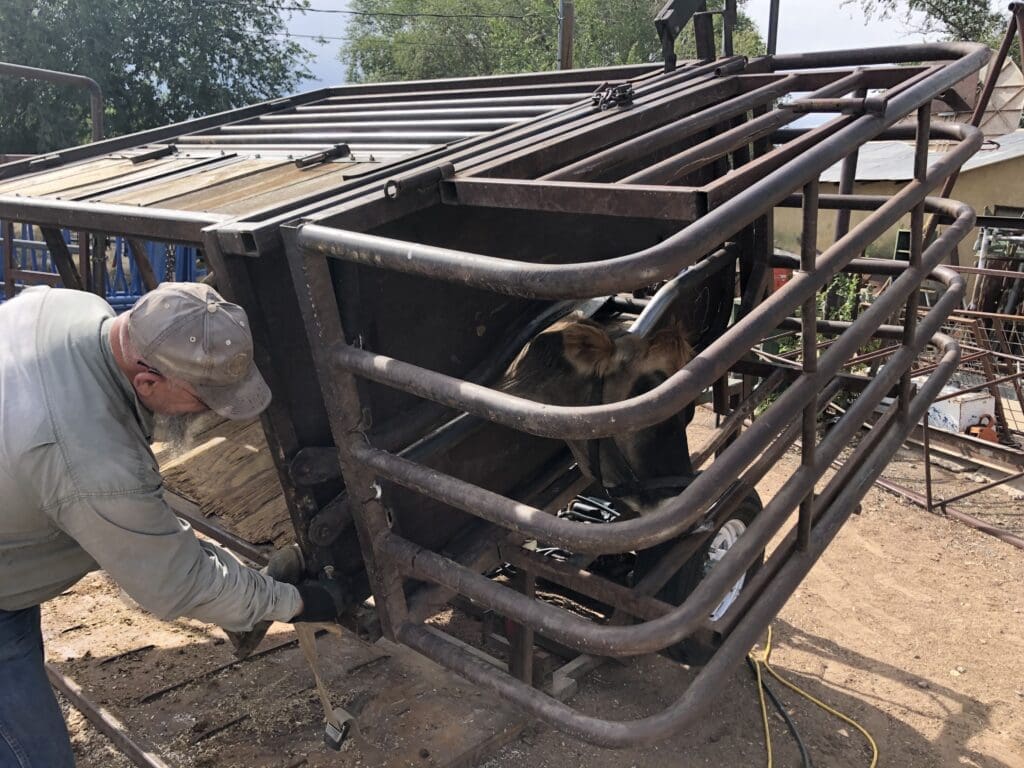
How to properly trim the hoof
Most cow owners who choose to trim their own animal’s hooves use a 5-step method. Make sure you have the right equipment and have taken classes on safe trimming protocol before trying this on your own.
- Trimming the inner claw. Start with the inner claw of the cow’s rear foot. Trim any extra sole to 0.25 inches thick. You will see a white-lined ring inside the sole when trimmed to the correct thickness.
- Trimming the outer claw. Using the same technique from the first step, trim the cow’s outer claw on the same foot. Once you have the inner and outer claws trimmed, make sure they are the same length. You can then repeat this procedure with the front feet, but reverse the order, starting with the outer claw first.
- Modeling the soles. This relieves pressure on the places where sole ulcers tend to form and can prevent manure from building up between the claws, which makes the cow’s hoof more susceptible to bacteria.
- Identifying lesions. If your jersey cow is prone to lesions, it will need therapeutic trimming. Inspect the sole of the hoof for any hemorrhages or abscesses. You can use a tool called a hoof tester to locate uncomfortable claw areas.
- Removing necrotic tissues. Any loose horn on the cow’s heels or visible ridges should be trimmed off. Make sure any necrotic tissue also is removed.
Hiring a cow hoof trimmer
It may sound weird, but there are people who make perfectly good livings trimming cow hooves. They are called farriers, and you can certainly hire one to trim your jersey cow’s hooves. In fact, we recommend it. Farriers know the ins and outs of proper hoof health and can ensure you do not over-trim your jersey cow. They can assess your cow’s behavior to determine if it is lame or has other health issues related to its hooves. Partnering with a good farrier is essential to keeping your jersey cows happy and producing quality milk.
Make sure you choose a reputable hoof trimmer. Some farriers advertise their services, and some do not. One of the best ways to find a reliable trimmer is through word-of-mouth recommendations. Talk to other dairy farmers in your area. Most are happy to share information. Once you choose a farrier, be sure to check the following information before scheduling an appointment:
- Ask for 3 to 5 references and then follow through with checking them.
- Check what kind of equipment they use to trim. Some use electric grinders while others prefer hand tools.
- Inquire where they learned to trim. There is no official certification needed to work as a hoof trimmer, but there are hoof-trimming schools. Find out if your farrier attended one or served as an apprentice to another farrier to gain experience.
- Make sure the farrier has liability and disability insurance. Cows are large animals that pose an increased risk of injury to both the farrier and the cow during trimming.
Your jersey cow may not like having its hooves trimmed but trimming your cow’s hooves should not hurt the cow if it is done correctly. It is important the trimmer does not remove too much of the hoof to expose its sensitive quick and that each hoof is trimmed evenly to ensure easy walking.
How much does it cost to have a cow’s hooves trimmed?
The cost to have your jersey cow’s hooves professionally trimmed varies depending on where you live. Most professional hoof trimmers charge between $10 to $25 per cow. Farriers may charge more for jersey cows that have more complicated hoof issues. You can ask your hoof trimmer for an estimate of their fees before they come. Some may require mileage reimbursement for coming to your homestead, but it is well worth it to have them come to you.
In our kitchen, we only use cultures from Cultures for Health.
Get yours here and start culturing today.
Popular Articles
Newsletter
Get signed up to get latest updates and new information from the Jersey Milk Cow!
This site uses Akismet to reduce spam. Learn how your comment data is processed.


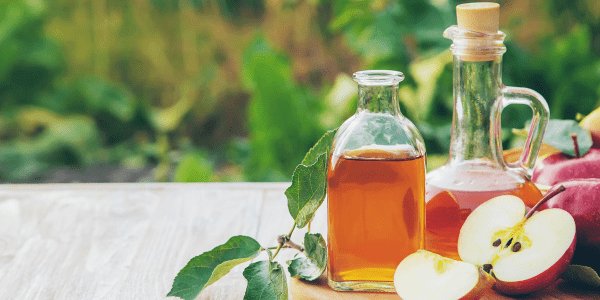



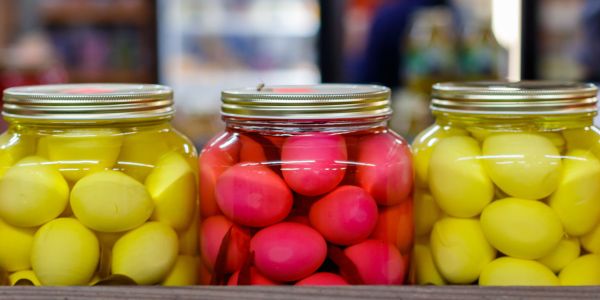
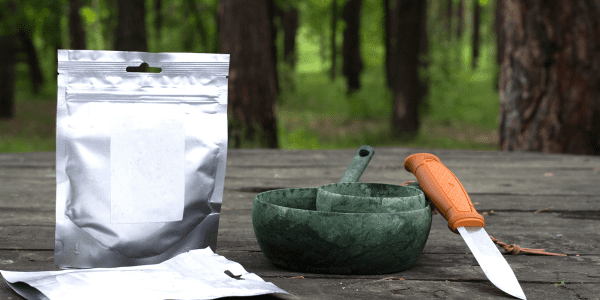

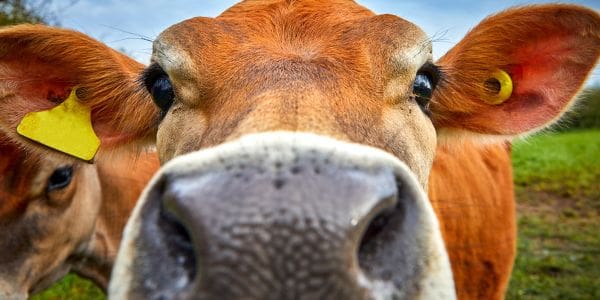
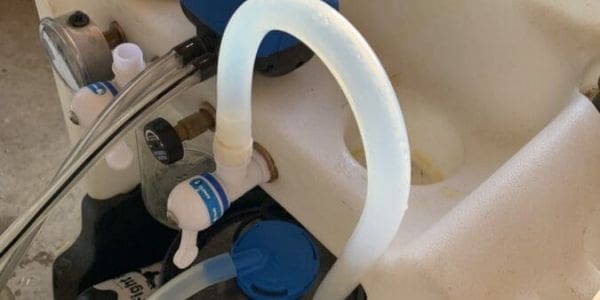
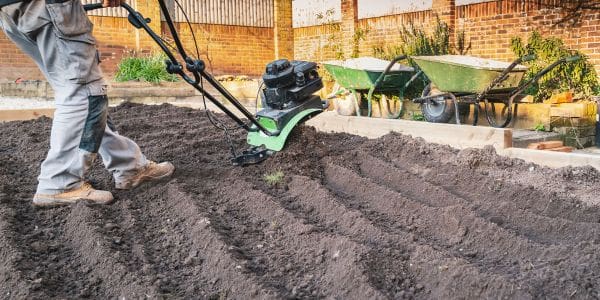
Leave a Reply